With the unpredictability that hit us in 2020, it’s no surprise you’re interested in knowing five trends shaping the future of work. The workplace as we know it has changed dramatically. Since the COVID-19 crisis, our working days are vastly different to what we’re used to and there are potentially more changes to come.
Most rapid was our newfound working from home situations, of course – that’s a biggie. However, over the last decade or so there have been many trends shaping the future of remote work, some of which look set to shape the future of work entirely.
So, let us consult the oracle. Here are five trends shaping the future of work to look out for.
1. There will be an increase in remote working (but we already knew that, right?)
COVID-19 changed everything where working from home is concerned. What was a maybe once-or-twice-a-month thing is now the norm. A huge 86% of those who worked from home after April 2020 did so because of the pandemic, so the numbers don’t lie when you consider work from home trends. Here’s another: according to the Office for National Statistics, 50% of the UK workforce are estimated to work from home by the end of 2020.
What’s interesting is that even before the current circumstances, there were already calls for the normalisation of remote working. What’s clear is that once we’re back to ‘normal’ (or whatever version of normal it may be) remote working will be here to stay. In fact, a survey of 1,000 firms has shown that 74% plan to maintain home working (based on research conducted by the Institute of Directors). This has had a knock-on effect in countless other ways, like people moving out of city centres, for example.
2. This may lead to a less fortunate trend of ‘dehumanisation’ (but, eventually, better employee care)
Although many may like working from home, the current situation could result in some employers treating employees more like workers, and less like people. On the whole, employers have rightly acknowledged the struggles of working through a pandemic and have supported staff members.
A survey conducted by Benenden Health shows that burnout is fast becoming a symptom of remote working, with 11.65% of survey respondents (2,455) stating that they had never previously suffered from poor mental wellbeing before the pandemic. As if existential worries about the state of the world weren’t enough, working from home creates further problems to add the pile.
The potential upshot to this is that more employers should take greater steps to look after staff and ensure their wellbeing is a priority.
3. We’re likely to see a greater demand for more work-life balance from employees
Where work life balance future trends are concerned, a statistic from data body Statistica shows that 72% of survey respondents consider work-life balance an important factor for selecting a job. This was already a growing concern for employees before COVID-19, and the current circumstances have pushed the issue into further discussion. As most of us are now working where we live (and, by the same token, living where we work), it gets harder to switch off.
This is a huge trend that has emerged throughout the crisis. Employees demand a greater balance, and more flexibility (even in 2018, a survey of over 3,000 respondents – conducted by Flex Jobs – showed that ‘97% said a job with flexibility would have a huge improvement or positive impact on their overall quality of life’).
4. Employers will strengthen the links between ‘belonging and organisational performance’
With employees performing tasks from the comfort of their own homes and away from the sense of community and purpose within the office, there is said to be a need for employers to emphasise the importance of their company’s mission (according to research by Deloitte).
How does a company promote a set of unifying values when employees are working from multiple different locations? The shared sense of belonging, and of commercial purpose, is at the core of the workplace. Deloitte’s study stresses that employers must create new and lasting connections between the work of remote employees and how that contributes to the common goal.
5. New technologies (not as substitutes for communication, but as collaborative tools)
The same study by Deloitte also looks at technology and its uses in the new remote workplace. Video conferencing tools, instant messaging services and the like shouldn’t be seen as mere substitutes for the kinds of communication we’re used to. Instead, emerging corporate thinking predicts that new technologies will come into play to facilitate collaboration (not forgetting the money-saving aspect, too).
Secondary to our fourth point, new technologies also need to create value and place collaboration at the heart of business operations. Speaking broadly, we all need to find positives in our circumstances and if the tools we use at work are, at most, substitutes for the ‘real thing’, then we begin to lose the value of team collaboration altogether.
To summarise, the many technologies finding their way into the workplace throughout the pandemic will work towards improving collaboration and job satisfaction. They’re here to stay.
Here’s a way that you can collaborate with your team
Our conference call features allow you to do just that. You can seamlessly connect with colleagues, discuss strategies, and talk through feedback with clients.
Why not take a look at our conference call services to get a better idea of the possibilities (they’re endless!). And, if you’re still not convinced, our conference call reviews should change your mind.
In the meantime, be sure to swing by our blog section. It’s regularly updated, and will keep you up to speed regarding workplace communications.
Photo by Drew Beamer on Unsplash




